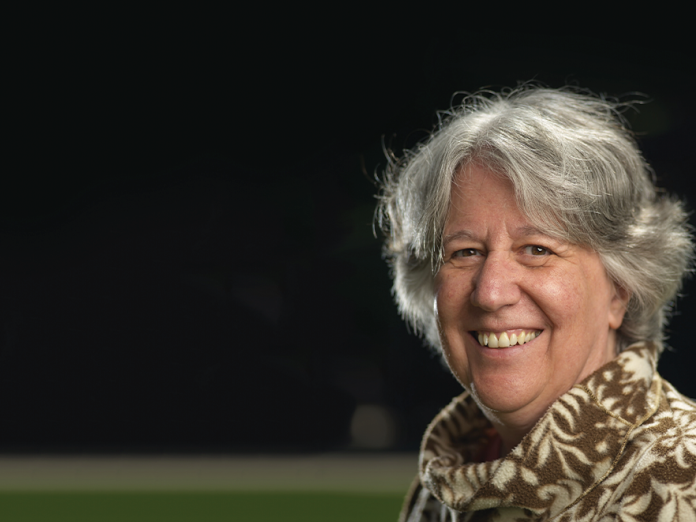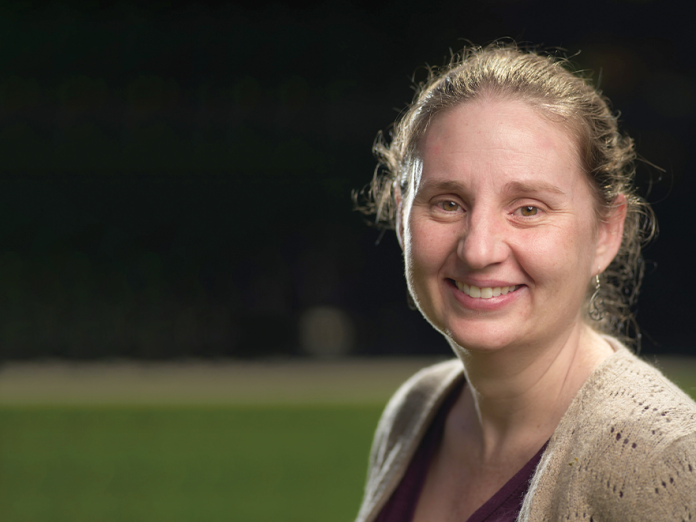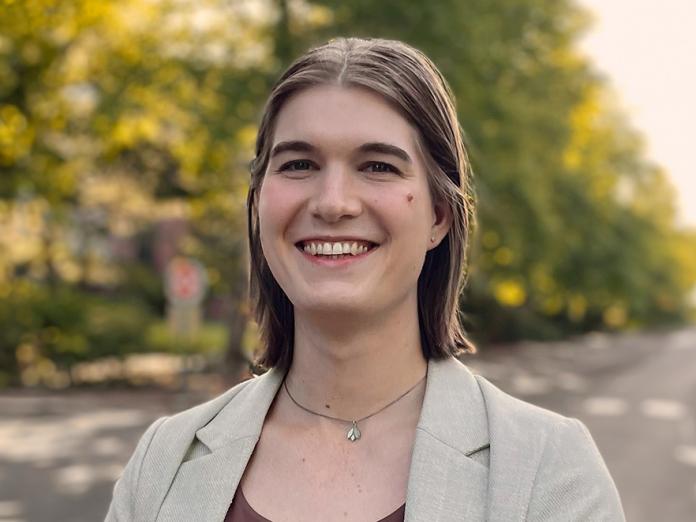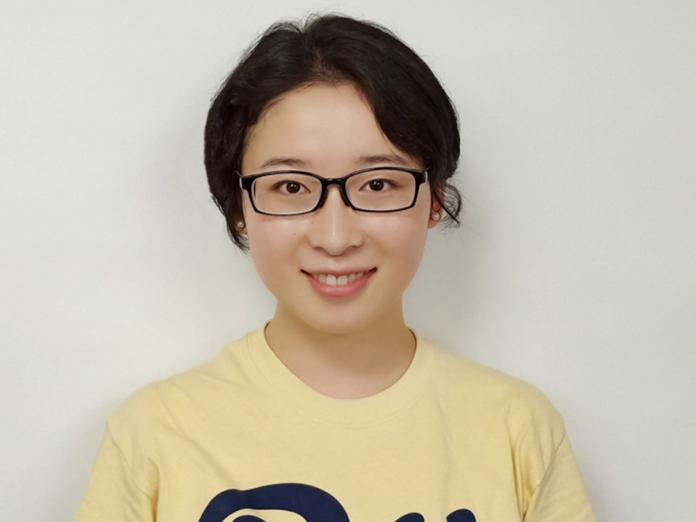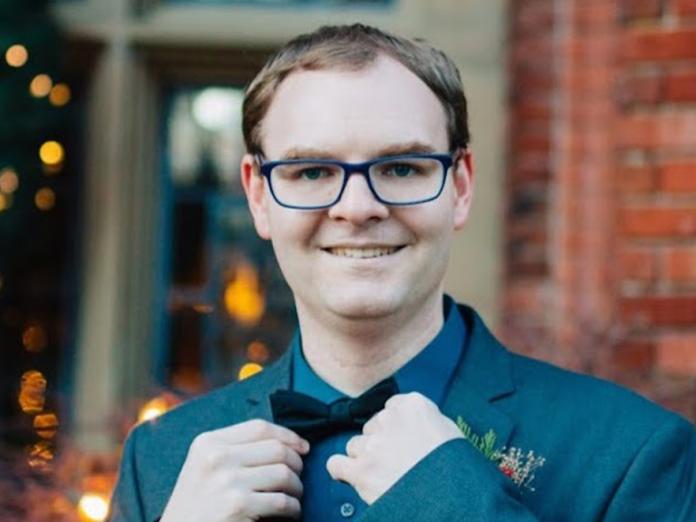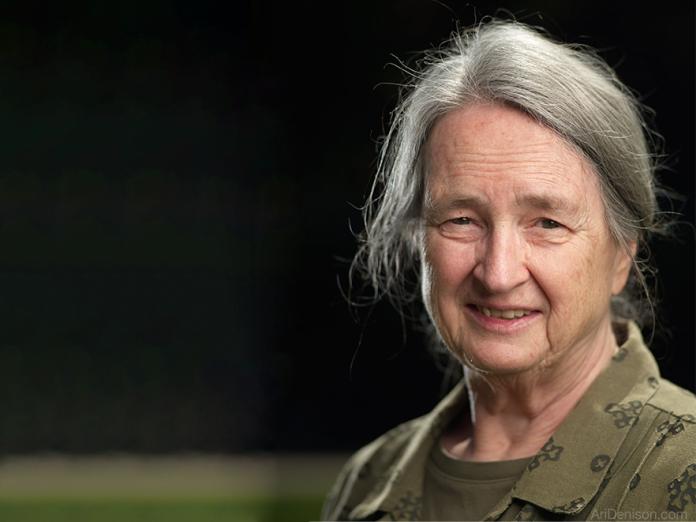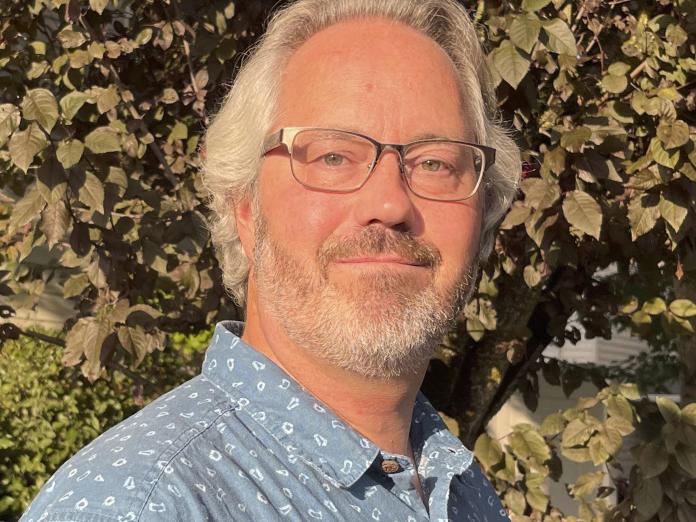The Oregon State University Physics Education Research (OSUPER) group conducts research about how people learn physics and related mathematics. This research informs innovative, student-centered instruction for the internationally recognized Paradigms in Physics program.
Breadcrumb
- Physics
- Back to Research
- Physics Education Research
Physics Education Research
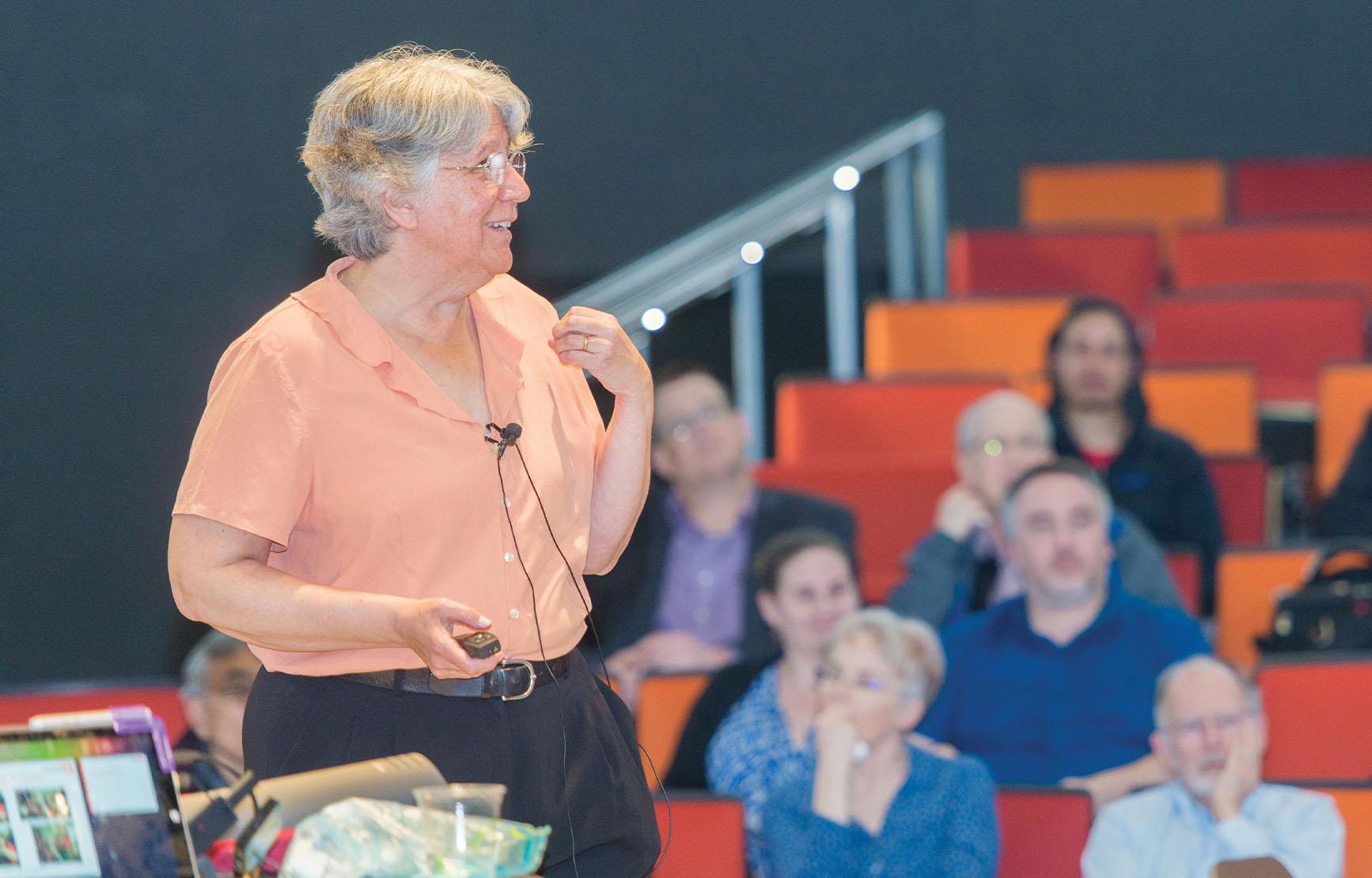
Corinne Manogue presents the 2018 F.A. Gilfillan Award Lecture. Manogue was recognized for her education research efforts, which focus on how develop the specialized intellectual and instructional resources to help students learn to “think like physicists.”
Physics education researchers
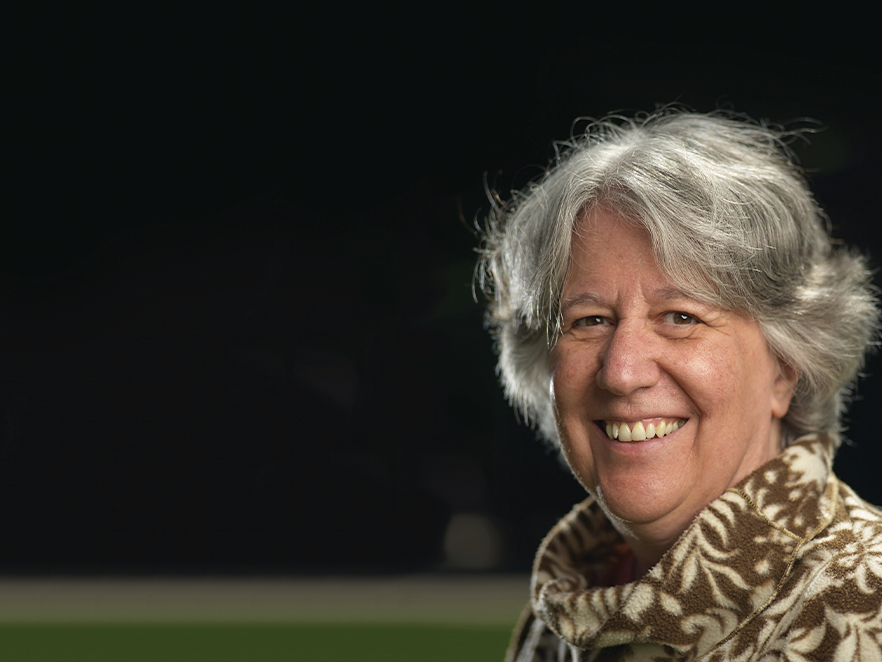
Corinne Manogue
Corinne Manogue's curriculum development/research interests are in helping students make the difficult transition from lower-division to upper-division physics. Research questions that fascinate her are:
- How do students learn to "think like physicists"?
- How do students develop professional, metacognitive habits of mind?
- How do students learn to use multiple representations, geometric and harmonic reasoning in their problem solving?
- How do students' personal epistemologies change as they enter the upper division?
- How do faculty learn to teach in ways that foster the changes listed above?
- How can we help students build the same rich concept images of physics/mathematics concepts that are held by experts?
In her traditional research in theoretical quantum gravity, she played a key role in the early work relating division algebras and supersymmetry. In her infinite free time, she continues to explore how to use the octonions to describe the symmetries of high-energy particle physics.
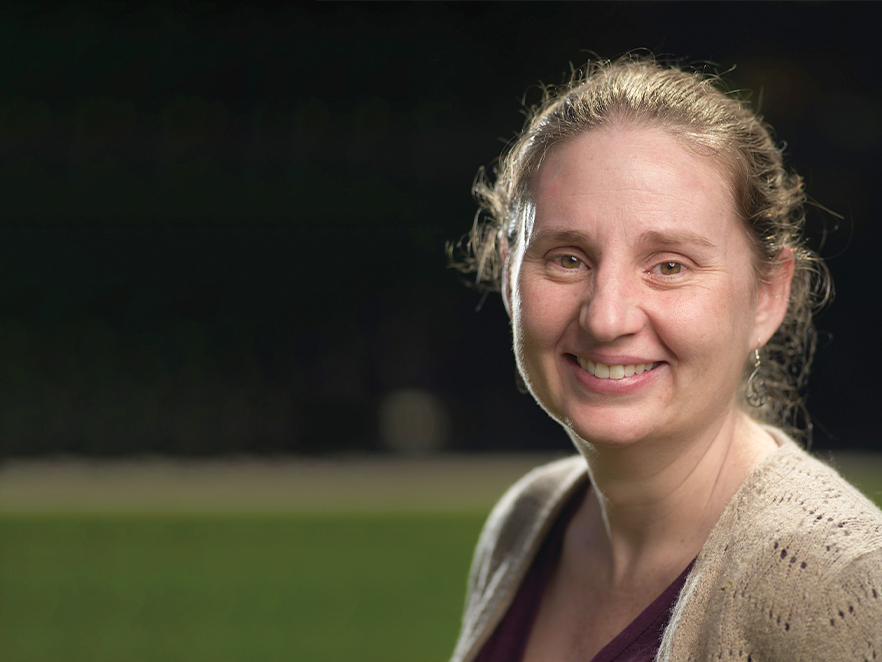
Liz Gire
Liz Gire's research specifically focuses on undergraduate physics students and their
- Sense-making and metacognitive practices, and
- Ability to coordinate multiple representations of physics ideas and problems (representational fluency).
She is particularly interested in how these aspects of physics learning develop during undergraduate study and over the physics major. These skills are critical to success in physics and other STEM disciplines, and helping more students master these skills will improve STEM education for all and hopefully lead to greater participation of underrepresented groups in physics and STEM more broadly. She is involved in the Paradigms in Physics program and the Paradigms in Physics 2.0 project. She is also involved in the Raising Calculus to the Surface project, which has created a set of activities for multivariable calculus courses where students collaborate to discover and explore multivariable calculus concepts and geometric relationships. These activities involve the use of physical tools, including dry-erasable surfaces that represent functions of two variables. Her aim is to create a set of surfaces that will be useful in introductory and upper-division physics courses.
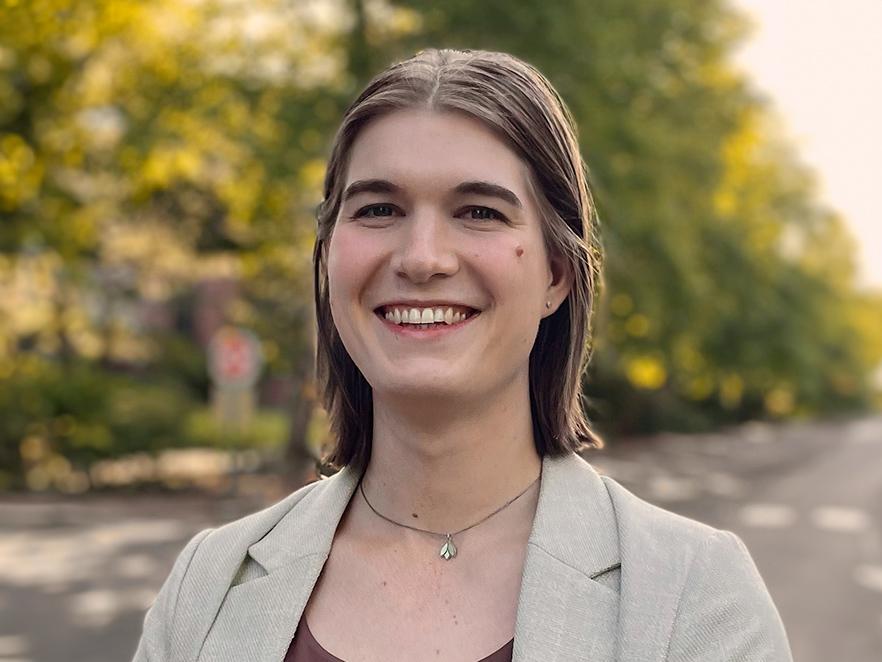
Patti Hamerski
Hamerski's primary focus is how students learn at the intersection of computing and physics. Her research methods are qualitative and student-centered, and she is dedicated to using and improving active learning pedagogies in the classroom.
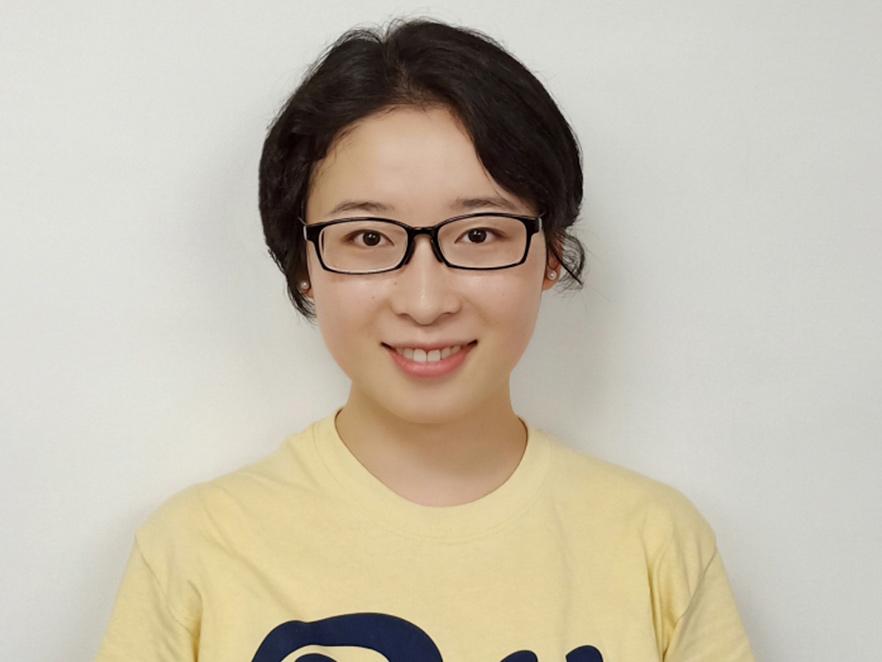
Yangqiuting (Doris) Li
Li's research focuses on enhancing students' physics learning and motivational beliefs in both introductory and advanced physics courses. Specifically, one of her research directions is to investigate students' sense-making processes in physics learning and assist them in establishing connections among physics concepts and their various representations. Another goal of her research is to reduce demographic gaps in students’ academic achievement and motivational beliefs by investigating how to create an inclusive and equitable learning environment in which all students can thrive.

Paul Emigh
Emigh has always been interested in studying the ways in which students use mathematics in physics courses at all levels, and is working on investigating student ideas about partial derivatives in the context of upper-division physics and multi-variable calculus courses. He has been contributing to the development of a learning progression on partial derivatives in addition to conducting underlying research on how students hold different variables constant when finding derivatives from contour graphs in different physical contexts. He has also been working with the sensemaking group to explore the different ways in which students make sense of physics.

Kenneth C. Walsh
Much of Walsh's research has centered around the development of Project BoxSand; a proof-of-concept online resource for the delivery of the topic of forces. This project explores whether students can learn from open-source online content without the proprietary textbook. The site tracks when and what content students access to learn about how they engage with the site.
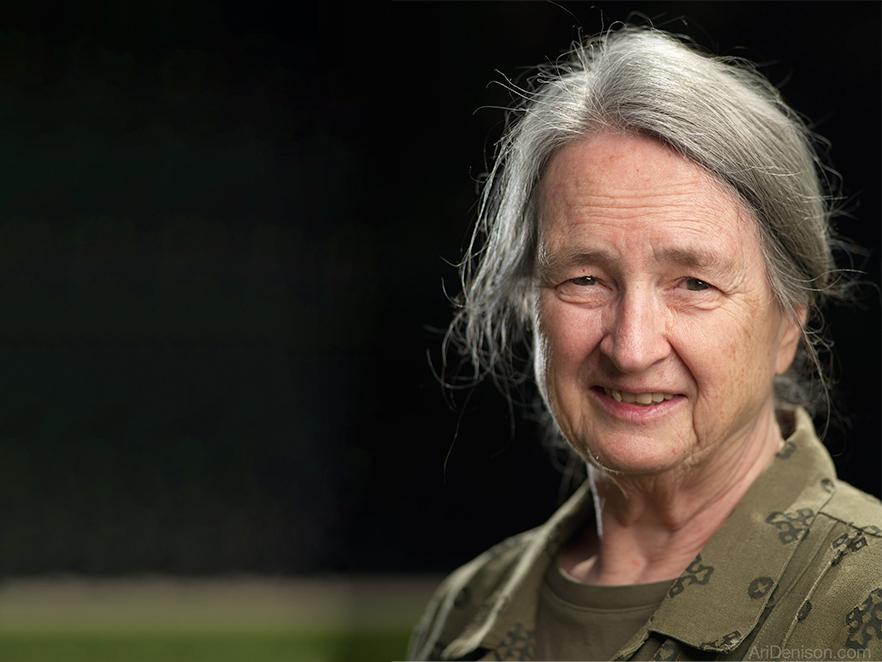
Emily van Zee
Van Zee is primarily interested in undergraduate teaching strategies involving science conversations in which students express their own ideas and engage one another in discussing what they think, exploring the factors that foster science learning and finding new ways to foster teacher inquiries into science learning and teaching. She has worked on the development of web-based cases that can communicate one’s own teaching practices to interested colleagues.
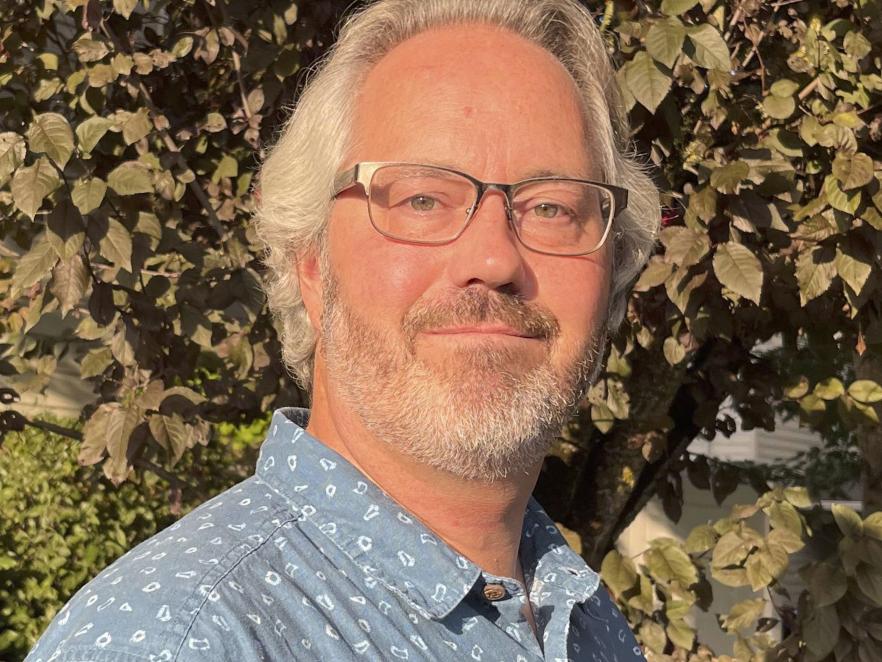
David Craig
Craig is a theoretical physicist who is also interested in the work of institutional change in higher education, particularly where the academic department is the locus of change efforts. He was co-chair of the task force that developed the EP3 Guide and remains part of the EP3 Initiative’s leadership team. He is the co-developer and co-facilitator of the APS Departmental Action Leadership Institutes (DALIs). He is not currently taking students interested in institutional change research.
